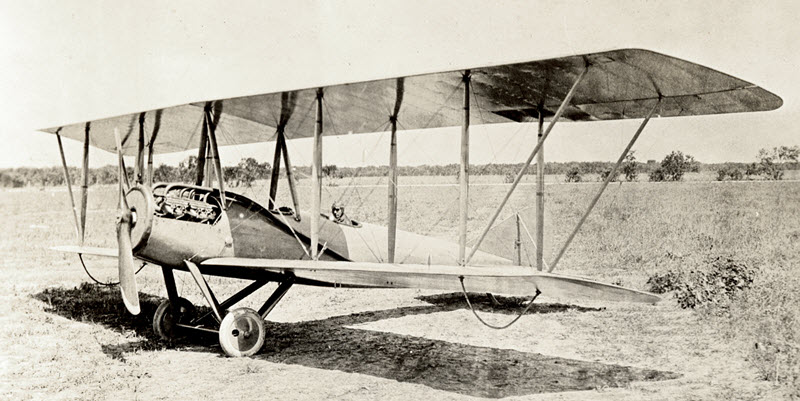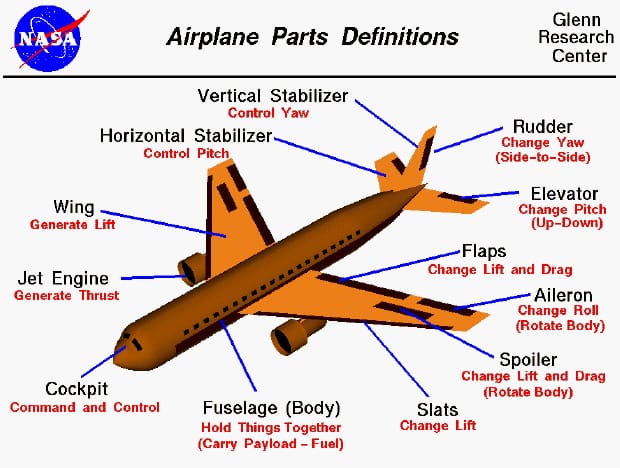

Exploring Aviation: History, Plane Anatomy, and Advancements
Introduction
Aviation is a fascinating field that has revolutionized transportation and global connectivity. This report explores three key areas of aviation: the history of its development, the anatomy of airplanes, and the thought process behind technological advancements.
1. Understanding the History of Aviation
Early Beginnings
The concept of human flight can be traced back to ancient myths, such as Daedalus and Icarus in Greek mythology. However, the real advancements began during the Renaissance when visionaries like Leonardo da Vinci designed early flying machines.

Pioneers of Aviation
- The Wright Brothers: In 1903, Orville and Wilbur Wright successfully flew the first powered, controlled, and sustained aircraft, the Wright Flyer, marking the dawn of modern aviation.
- Alberto Santos-Dumont: A Brazilian aviator, often credited with significant contributions to early aviation, particularly for his public demonstrations of controlled flight.
- Amelia Earhart: A trailblazer in aviation history, known for being the first woman to fly solo across the Atlantic Ocean.
Key Milestones
- 1920s-1930s: The Golden Age of Aviation saw advancements in passenger planes and air transport.
- World War II: Aviation technology accelerated with innovations in fighter jets and bombers.
- Modern Era: Introduction of commercial aviation (Boeing, Airbus) and military stealth technology has revolutionized air travel and defense.
2. Recognizing Different Parts of Planes and Their Technical Names
An airplane consists of several key components, each serving a specific function. Below is an overview:
- Fuselage: The main body of the aircraft that houses the cockpit, passengers, and cargo.
- Wings: Generate lift to keep the airplane airborne; equipped with ailerons and flaps for control.
- Empennage (Tail Section): Includes the vertical stabilizer (rudder) and horizontal stabilizer (elevator) for stability and control.
- Engines: Provide thrust to propel the aircraft forward. They can be jet engines, turboprops, or piston engines.
- Landing Gear: Supports the aircraft during takeoff, landing, and ground movement.
- Cockpit: The control center where pilots operate the aircraft using instruments and navigation systems.

3. Learning About the Thought Process Behind Aviation Advancements
Principles of Flight
Aviation advancements are rooted in four aerodynamic principles: lift, thrust, drag, and weight. Engineers and pioneers constantly optimize these forces to improve performance.
Problem-Solving and Innovation
- Material Advancements: Transition from wood and fabric to lightweight materials like aluminum and composites for stronger and more efficient aircraft.
- Aerodynamic Designs: Streamlined shapes reduce drag, enhancing speed and fuel efficiency.
- Technological Integration: Adoption of GPS, autopilot systems, and fly-by-wire technology for safer and more accurate flights.
- Environmental Considerations: Modern designs aim to reduce noise pollution and carbon emissions by developing hybrid and electric planes.
Vision for the Future
The thought process behind aviation advancements continues to focus on sustainability, efficiency, and safety. Concepts like autonomous flights, supersonic travel, and urban air mobility (e.g., flying taxis) are paving the way for the next generation of aviation.
Conclusion
The study of aviation offers insights into the innovation, challenges, and achievements that define human flight. From the Wright brothers to modern pioneers, the history of aviation reflects the relentless pursuit of progress. By understanding the anatomy of planes and the principles guiding their evolution, we gain a deeper appreciation for the complexity and ingenuity of aviation.